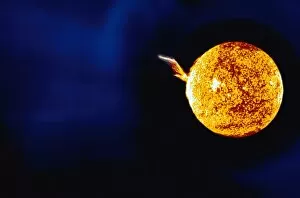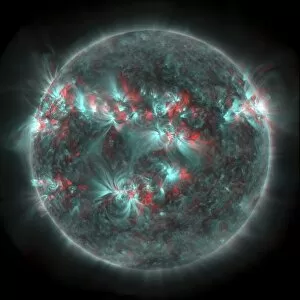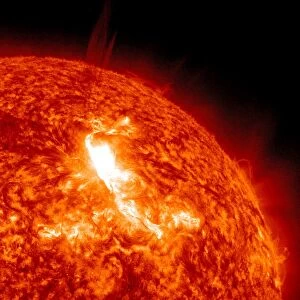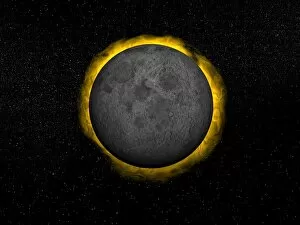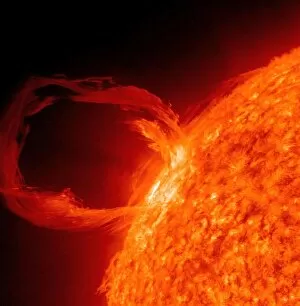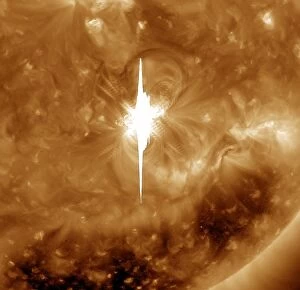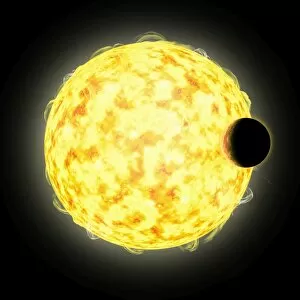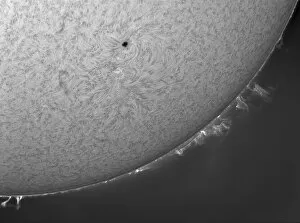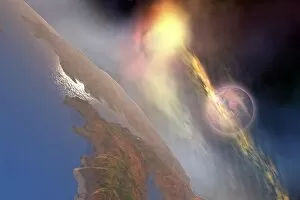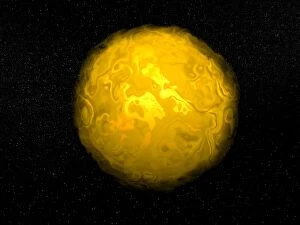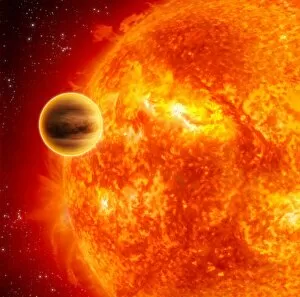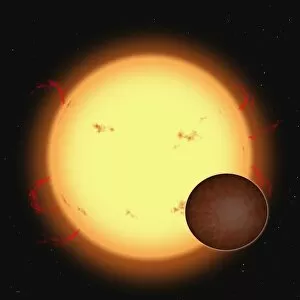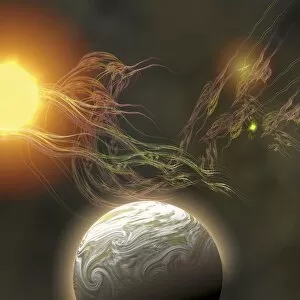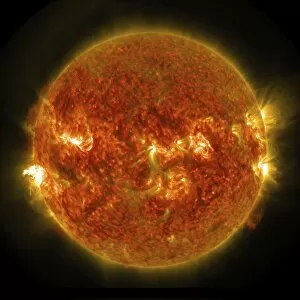Solar Flares Collection
"Captivating Solar Flares: Unveiling the Sun's Fiery Spectacle" Witnessing a mesmerizing sight
All Professionally Made to Order for Quick Shipping
"Captivating Solar Flares: Unveiling the Sun's Fiery Spectacle" Witnessing a mesmerizing sight, a gigantic UFO venting plasma from the Sun reveals the immense solar activity on our celestial neighbor. Solar flares, a remarkable phenomenon occurring on the Sun's surface, captivate scientists and enthusiasts alike. The Full Sun with lots of sunspots and active regions in 3D showcases its dynamic nature. Behold. A magnificent Coronal Mass Ejection erupts on the Sun, showcasing its power and grandeur. Magnetic field lines intricately dance across its fiery surface, shaping these awe-inspiring events. An M8. 7 class flare suddenly bursts forth, illuminating the vast expanse of space surrounding our star. Glimpses into distant futures unfold as we envision the molten Earth three billion years from now; an astonishing perspective of witnessing solar activity amidst such transformational timescales. During rare occurrences like total eclipses of the Sun, humanity is reminded of both its beauty and potential hazards it poses to our technological infrastructure. These captivating moments serve as reminders that while we are mere spectators to this cosmic ballet, understanding solar flares remains crucial for safeguarding our planet. Solar flares continue to fascinate us with their enigmatic nature—a testament to the ever-evolving mysteries that lie within The Sun itself.



